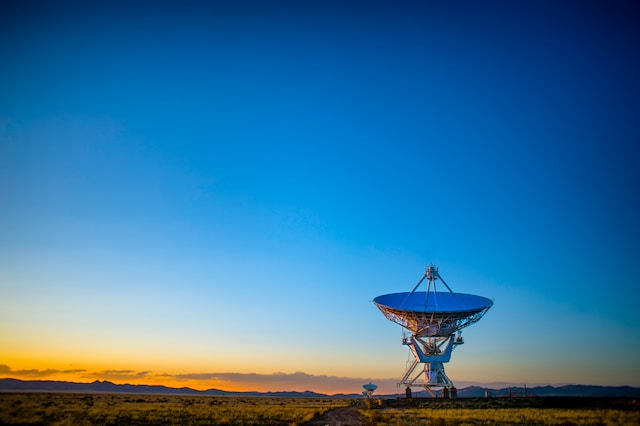The idea of exploring other worlds has long captivated the human imagination. Today, advancements in technology are turning this dream into reality. In this article, we’ll delve into the role of technology in helping humanity reach out to other celestial bodies and unlock the mysteries of the cosmos.
Space Telescopes
One of the most transformative technologies in space exploration is the space telescope. Instruments like the Hubble Space Telescope have allowed us to peer deep into the universe, capturing awe-inspiring images of distant galaxies, nebulae, and planets. These telescopes have expanded our understanding of the cosmos and provided crucial data for future missions.
Rovers and Landers:
Robotic rovers and landers equipped with advanced sensors and cameras have allowed us to explore the surfaces of other planets and celestial bodies. The Mars rovers, for instance, have beamed back valuable data about the Red Planet’s geology, climate, and potential habitability, paving the way for future human missions.
Satellite Communication:
Satellite communication is the backbone of our space endeavors. It enables real-time communication with spacecraft, providing a vital link for data transmission, remote control, and navigation. This technology is essential for missions to distant worlds.

Spacecraft Propulsion:
Advancements in spacecraft propulsion have revolutionized our ability to reach other worlds. Ion drives, nuclear propulsion, and solar sails offer more efficient and faster means of propulsion, reducing travel times and opening up new frontiers for exploration.
Deep Space Networks:
Deep space networks, a network of ground stations strategically positioned around the globe, enable continuous communication with spacecraft across vast interplanetary distances. These networks ensure that missions can receive commands and transmit data even from the far reaches of the solar system.
Artificial Intelligence (AI):
AI plays a crucial role in space exploration. It helps spacecraft autonomously navigate, analyze data, and make decisions in real-time. AI-powered systems are critical for missions to planets like Jupiter, where communication delays make direct control from Earth impossible.

Exoplanet Detection:
Technology has enabled us to detect exoplanets, planets orbiting stars outside our solar system. Instruments like the Kepler Space Telescope have identified thousands of exoplanets, some of which may harbor the conditions for life. This discovery opens up exciting possibilities for the search for extraterrestrial life.
Future Missions to Mars and Beyond:
The development of next-generation spacecraft and propulsion systems is propelling us toward ambitious missions to Mars, the Moon, and beyond. These missions aim to establish a human presence on other worlds, conduct scientific research, and expand our understanding of the universe.
Conclusion – The Cosmic Horizon Beckons:
Technology has become our greatest ally in the quest to explore other worlds. It has enabled us to peer deeper into the cosmos, land on distant planets, and dream of human colonies on Mars. As technology continues to advance, the cosmic horizon beckons, promising new discoveries, answers to age-old questions, and the possibility of humanity becoming an interplanetary species. With each technological leap, we move one step closer to reaching out and touching the stars.

